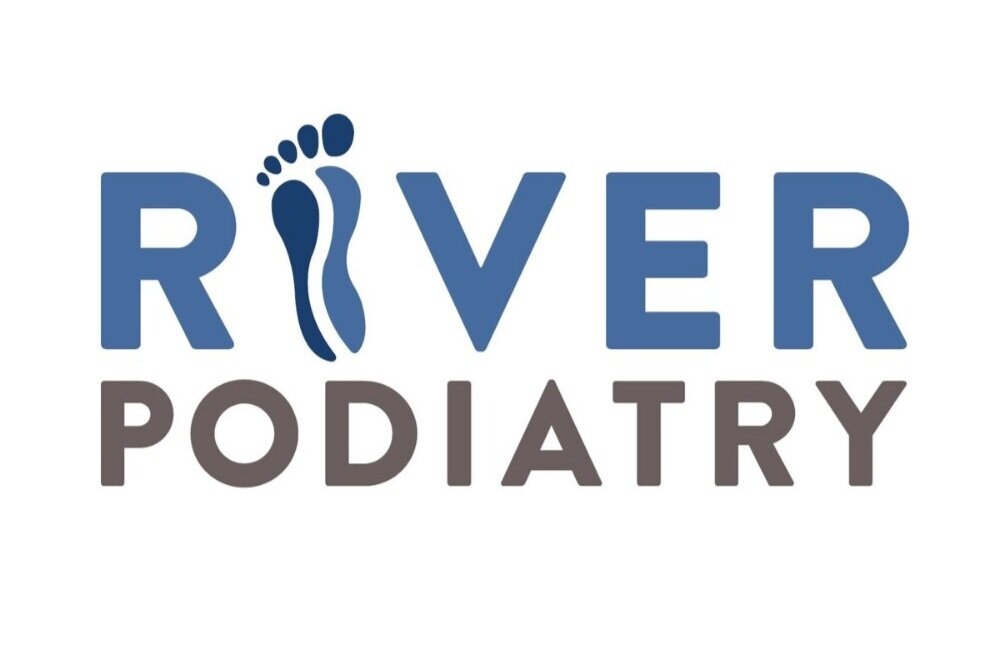What to know about walking barefoot?
Although walking barefoot is something you may only do at home, exercising barefoot is a practice that many people do daily.
The benefits of walking barefoot typically start at a young age when toddlers are learning how to walk. This is because without shoes, a child learns the specific muscles and bones in their feet to use when walking. Children also receive feedback from the ground when walking barefoot as it improves the awareness of their body in space.
As children get older, they typically start using shoes more and lose the benefits of walking barefoot.
As we age into adulthood, it’s important to reintroduce walking barefoot into our lifestyle to encourage the healthy benefits of barefoot walking. Here is what you should know about walking barefoot.
The benefits:
stronger leg muscles
relief from improperly fitting shoes, which can lead to bunions, hammertoes, or other foot issues
better control of your foot when it touches the ground
improvements in balance, proprioception, and body awareness
stronger foot mechanics, which can lead to improved mechanics of the hips, knees, and core
maintaining appropriate range of motion in your foot and ankle joints as well as adequate strength and stability within your muscles and ligaments
Although there are many benefits of walking barefoot, it is important to be aware of the potential dangers. Here is what you should look out for when walking or exercising barefoot.
The potential dangers:
consider the terrain being walked on as specific surfaces that are rough or wet with flass or other sharp objects can be dangerous
exposing your feet to harmful bacteria or infections when outside
If diabetic, you are more susceptible to sustaining wounds on the bottom of your feet without realizing it
In order to avoid danger when walking barefoot, it is important to take the necessary precautions. Here are our recommendations to ensure your safety:
Precautions to take:
Start slow: we would recommend being patient in your approach and starting with short 15-20 minute session of walking barefoot. As your feet get used to walking without shoes, you can increase the distance and time.
Watch out for pain or discomfort: without appropriate strength in the foot, you are at risk of having poor mechanics of walking, thereby increasing your risk for injury. If you experience discomfort, use this as a warning sign to stop or ease the amount of time you’re walking barefoot.
Start indoors: Before you hit the outdoor pavement, we would recommend going barefoot indoors first as it is typically safer surfaces.
Use minimalistic shoes: Before going completely barefoot outdoors, we would recommend using a minimalist shoe as a bridge prior to going completely barefoot.
Try out balance exercises: we recommend starting with simple balance exercises such as standing on one foot.
Try activities that require you to go barefoot: we would recommend starting out with activities such as yoga, pilates, or martial arts.
Foot examination: routinely examine the bottom of your feet for injury, as many
Examine your feet for injury.Every day examine the bottom of your feet for injury, as many have reduced sensation in their feet.
If you have any additional questions regarding walking barefoot, please contact our team today.


